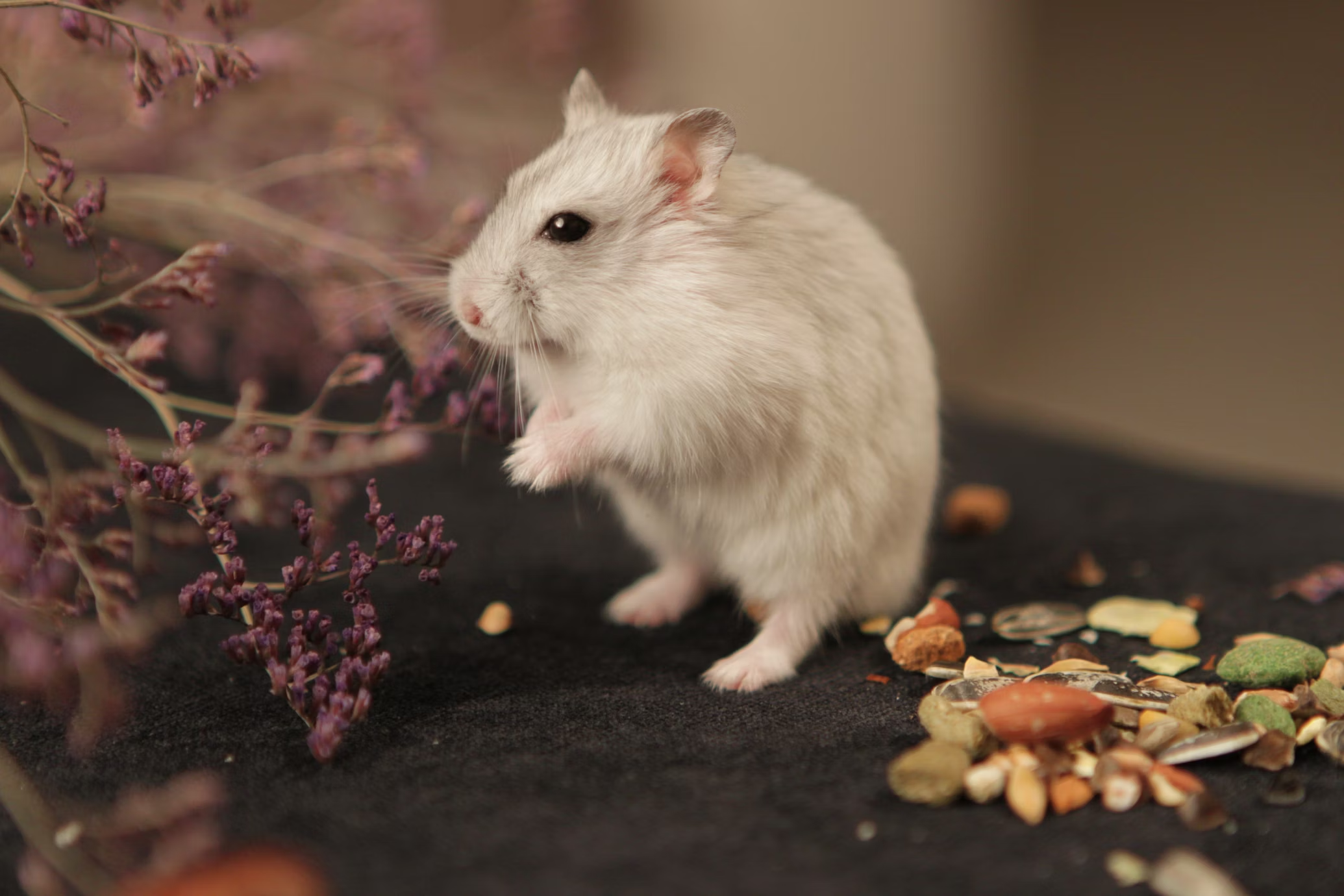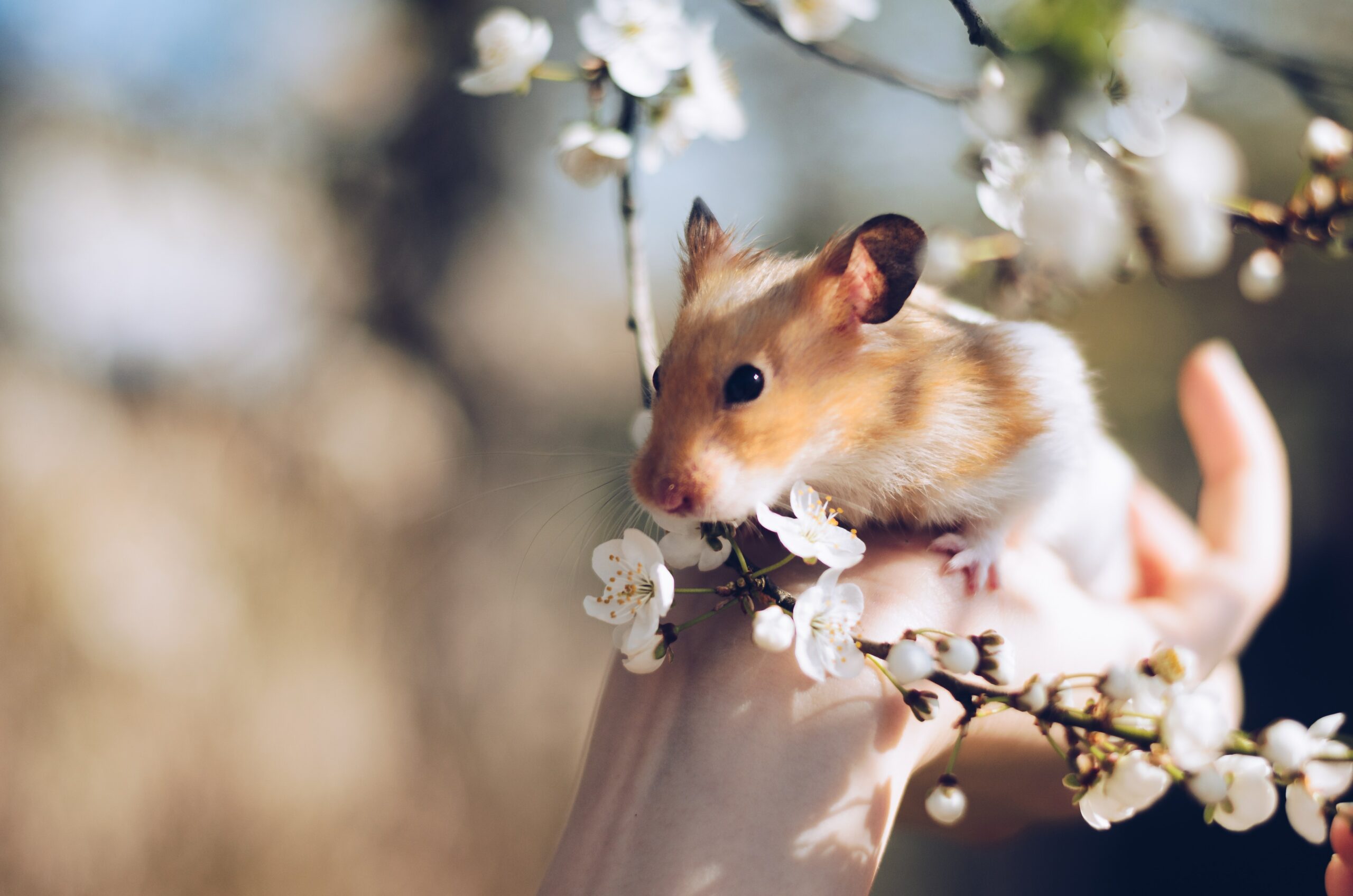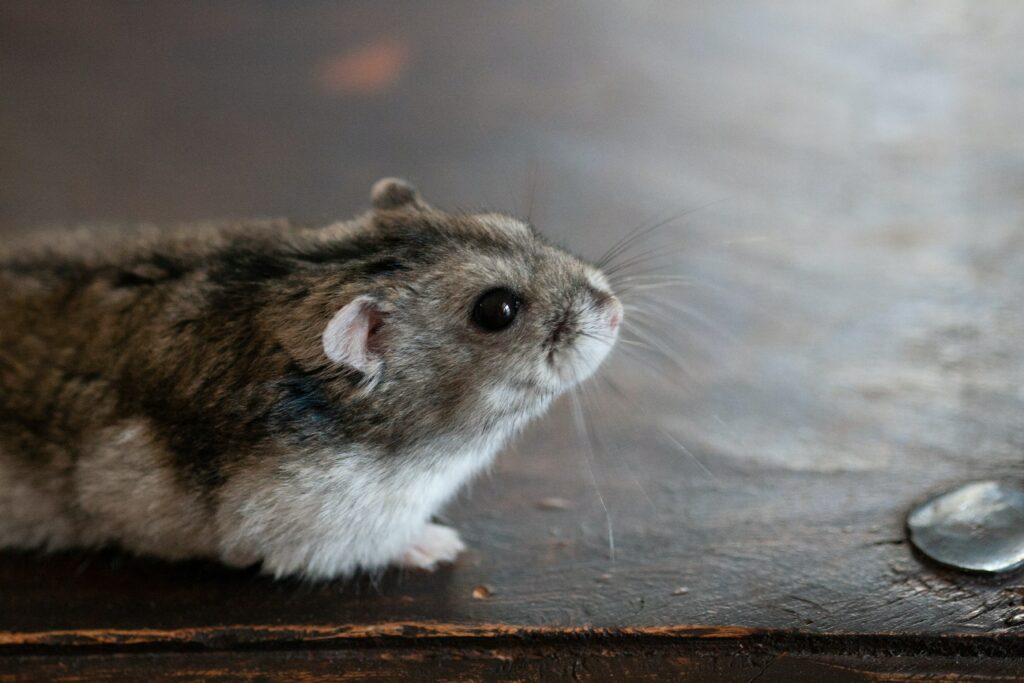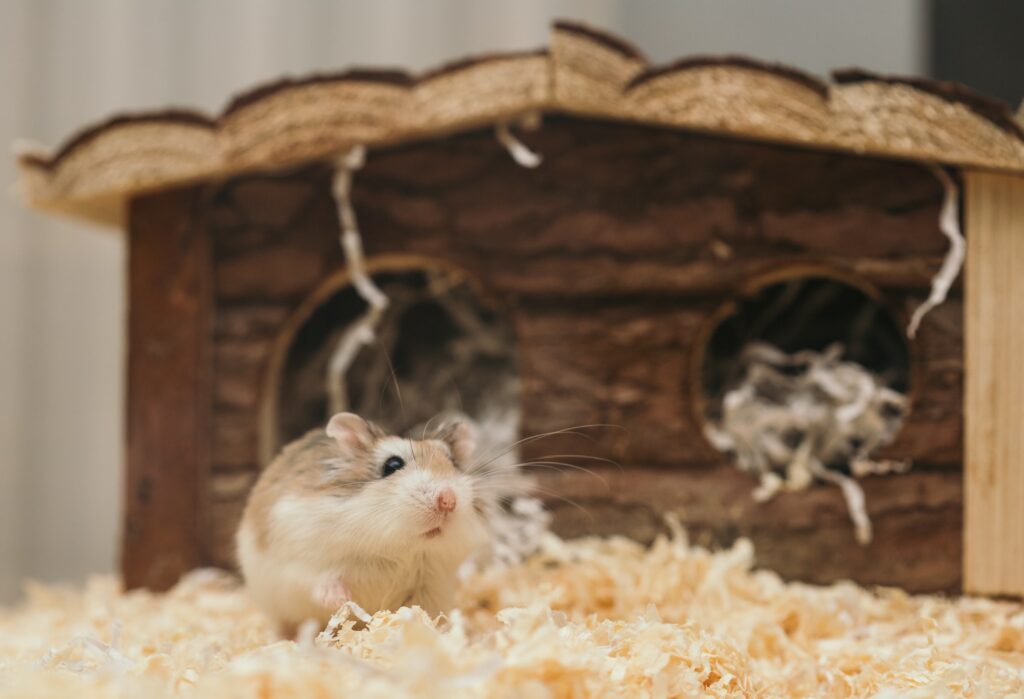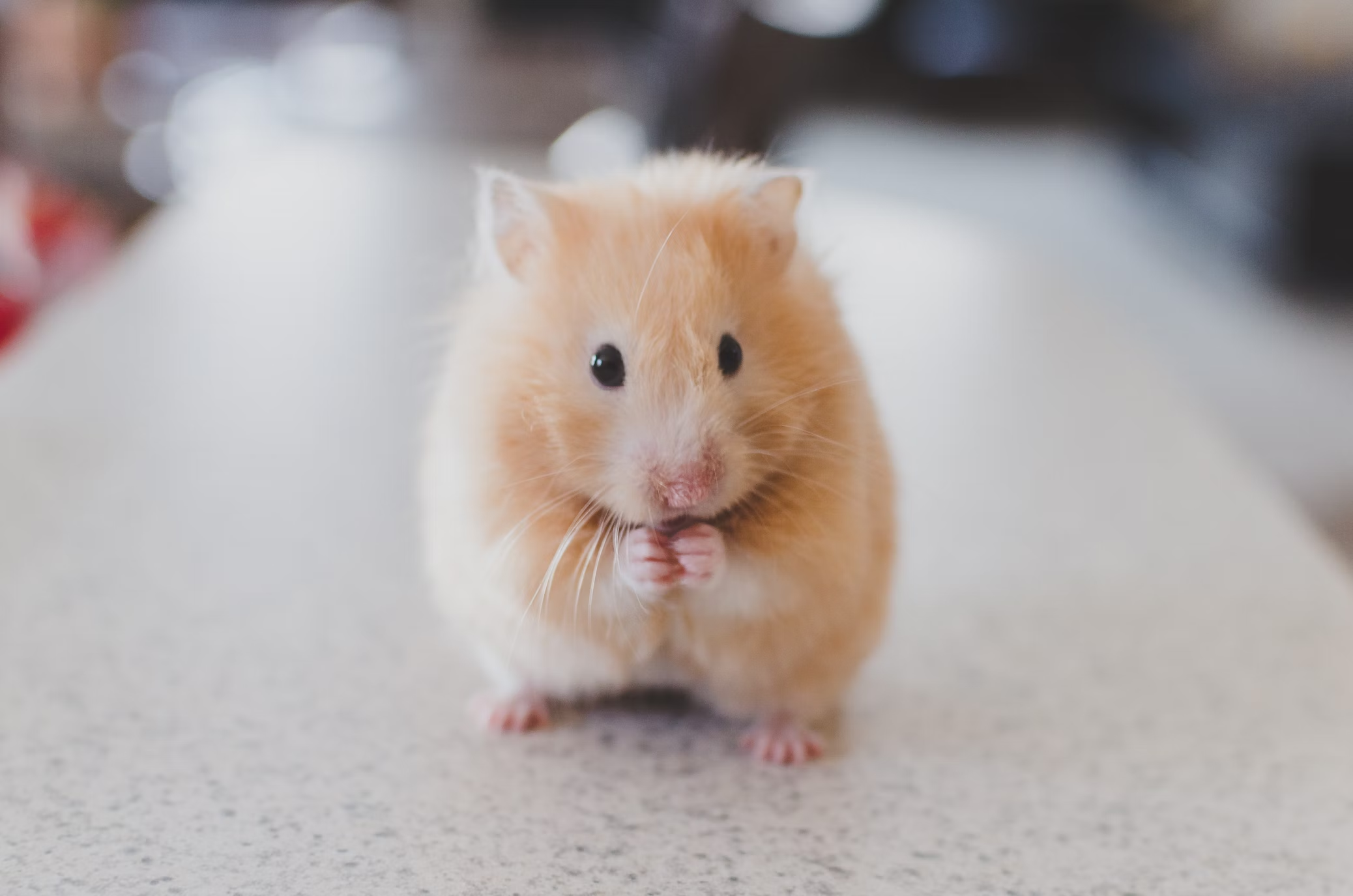
Thinking about getting a pet but not sure which one to choose? Look no further than the humble hamster. These adorable, small, and furry creatures make fantastic pets for a variety of reasons. Whether you’re a busy professional, a parent looking for a pet for your child, or simply someone who loves animals, hamsters can bring a lot of joy and companionship into your life. Let’s explore why a hamster might just be the perfect pet for you.
1. Low Maintenance and Cost-Effective
One of the most compelling reasons to get a hamster is their low-maintenance nature. Unlike dogs or cats, hamsters require minimal grooming, exercise, and space, making them ideal for people with busy lifestyles or limited living arrangements.
Easy to Care For
Hamsters are relatively easy to care for. They don’t need daily walks or frequent baths. A simple weekly cage cleaning, daily feeding, and occasional handling are enough to keep your hamster healthy and happy. This makes them perfect for those who may not have the time or energy for a more demanding pet.
Affordable to Keep
Hamsters are also budget-friendly. According to the American Pet Products Association (APPA), the average annual cost of owning a hamster is significantly lower than that of larger pets like dogs or cats. You can expect to spend around $150 to $250 per year, including food, bedding, and veterinary care. This makes hamsters an excellent choice for individuals or families on a budget.
2. Great for Kids and First-Time Pet Owners
If you’re considering a pet for your child or if you’re a first-time pet owner, hamsters are an excellent option.
Educational Value
Hamsters can teach children important lessons about responsibility, empathy, and the care of living creatures. By taking on the responsibility of feeding, cleaning, and playing with their pet, children learn what it means to care for another being.
Safe and Manageable
Hamsters are small and easy to handle, making them safe for children. They are generally friendly and can be tamed with gentle, regular handling. Unlike larger pets, hamsters don’t pose significant risks of injury to small children.
3. Space-Saving Companions
Living in a small apartment or shared housing? Hamsters are perfect for compact living spaces.
Minimal Space Requirements
Hamsters require a cage that’s big enough for them to move around and explore, but even the largest hamster cage will take up far less space than a dog crate or cat condo. This makes them ideal for those who live in apartments or homes with limited space.
Quiet Pets
Hamsters are relatively quiet pets. They do have exercise wheels and occasionally make noises, but these are usually not loud or disruptive. This makes them suitable for shared living situations or for people who prefer a quieter household.
4. Highly Entertaining and Fun to Watch
Hamsters are incredibly entertaining animals. Their playful antics and curious nature provide endless amusement.
Active and Playful
Hamsters are naturally active, especially at night. Watching them run on their wheel, burrow in their bedding, or explore their habitat can be fascinating. They often perform acrobatic feats that can bring a smile to anyone’s face.
Interactive and Engaging
You can interact with your hamster in various ways. Many hamsters enjoy climbing on their owners and being gently petted. You can also create obstacle courses and provide different toys to keep your hamster stimulated and happy.
5. Long-Term, but Not Overwhelming Commitment
One concern potential pet owners often have is the length of commitment required. Hamsters have a shorter lifespan than many other pets, which can be seen as both a pro and a con.
Manageable Lifespan
Hamsters typically live for about 2 to 3 years. This relatively short lifespan can be ideal for those who aren’t ready to commit to a pet for a decade or more. It’s a good option for someone wanting to experience pet ownership without a long-term commitment.
Learning Experience
For children, a hamster’s shorter lifespan can also serve as an important learning experience about the life cycle, helping them understand and cope with the concept of life and loss in a more manageable timeframe.
6. Unique Personalities and Breeds
Hamsters come in various breeds, each with its own unique characteristics and personality traits.
Different Breeds to Choose From
- Syrian Hamsters: Also known as golden hamsters, these are the largest and most commonly kept as pets. They are known for being friendly and easy to handle.
- Dwarf Hamsters: Including Campbell’s, Winter White, and Roborovski hamsters, these are smaller and often more active than Syrian hamsters. They can be kept in pairs or groups if introduced properly.
- Chinese Hamsters: These are slightly larger than dwarf hamsters and have a longer tail. They are very agile and enjoy climbing.
Personalities
Hamsters have distinct personalities. Some might be more outgoing and enjoy interacting with their owners, while others may be more reserved and prefer exploring their environment. Getting to know your hamster’s unique personality can be a rewarding experience.
7. Positive Impact on Mental Health
Owning a pet, even a small one like a hamster, can have significant positive effects on your mental health.
Stress Relief
Studies have shown that interacting with pets can lower stress levels and reduce anxiety. Watching your hamster’s playful behavior can be a great way to unwind after a stressful day.
Companionship
Hamsters, while independent, can still provide a sense of companionship. Caring for a hamster can give you a sense of purpose and routine, which can be particularly beneficial for those living alone or dealing with mental health challenges.
8. Easy to Adopt and Find
Hamsters are widely available and easy to adopt. You can find them at pet stores, through breeders, or at animal shelters.
Adoption Options
- Pet Stores: Many pet stores offer hamsters for sale. Ensure you buy from a store that treats its animals well.
- Breeders: Reputable breeders can provide you with a healthy hamster and detailed information about its background.
- Shelters and Rescues: Consider adopting from a shelter or rescue organization. Many hamsters need a second chance at finding a loving home.
Affordable Adoption Fees
Adopting a hamster is usually very affordable. Adoption fees typically cover basic health checks and initial supplies, making it easy to get started.
Conclusion
If you’re on the fence about getting a pet, a hamster might just be the perfect choice for you. Their low maintenance, affordability, and space-saving nature make them ideal for a variety of living situations and lifestyles. They’re great for children, first-time pet owners, and anyone looking for a small, entertaining companion.
Hamsters offer the perfect blend of companionship and entertainment without the overwhelming commitment required by larger pets. Their unique personalities and the joy they bring into a home make them a delightful addition to any family.
Ready to take the plunge? Head over to your local pet store, breeder, or animal shelter and find your new furry friend today. Your perfect hamster companion is waiting to bring a little more joy into your life.
Note: The images, videos, and links provided in this article are for illustrative purposes. For purchasing or adopting, please visit trusted pet stores, breeders, or animal shelters.
Thank you for reading our article! If you enjoyed it, please share it using the social icons below.
































